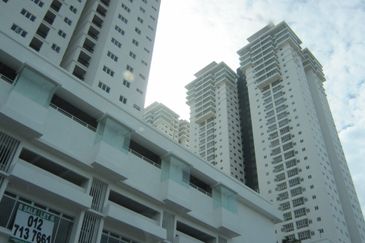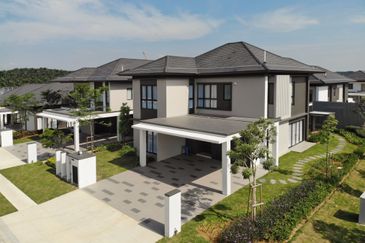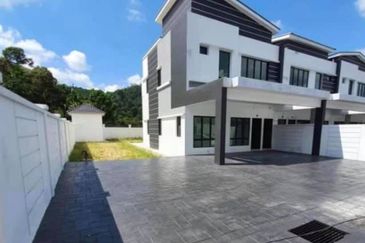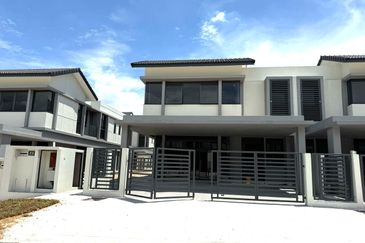
- Meanwhile, apart from overcapacity, Misif has identified low green technology adoption and limited access to quality scrap as among issues that the industry is facing.
KUALA LUMPUR (July 2): The Ministry of Investment, Trade, and Industry (Miti) is working with the Construction Industry Development Board (CIDB) and the Works Ministry to explore ways to enforce a more stringent localisation programme for government construction projects, as one of the ways to address the issue of overcapacity faced by the iron and steel industry.
“The iron and steel industry is a very important yet delicate industry that requires a lot of attention from policy makers. The iron and steel industry is heavily influenced by global factors. Policy changes or market trends in China or the US would have a huge 'butterfly effect' on the profitability or even survival of the Malaysian steel industry,” said Deputy Investment, Trade and Industry Minister Liew Chin Tong.
He was speaking to reporters after the launch of the Malaysian Iron and Steel Industry Federation's report on the status and outlook for the local iron and steel industry on Monday.
The challenge was further exacerbated by the steel capacity, which is expected to double between 2021 and 2026, with an estimated upcoming capacity of at least 70 million tonnes to about 150 million tonnes by 2026, he said.
Liew also noted that the construction industry and the real estate sector in China is undergoing an unprecedented structural shift, so demand for long products or construction steel throughout the world will be affected for an extended period of time, maybe for years.
Hence, besides looking at ways to enforce more use of local steel products for government projects, the government has put in place a two-year moratorium on approval for the expansion and diversification for the iron and steel industry, which took effect from August 2023. The moratorium covers all inquiries, assessments of current applications, new applications, licence transfers, expansions, regularisations and diversifications for manufacturing licences in the iron and steel industry.
Meanwhile, apart from overcapacity, Misif has identified low green technology adoption and limited access to quality scrap as among issues that the industry is facing.
In 2022, 72% of steel was produced through blast furnaces (BF), while the remaining was produced by electric arc furnaces, which emit less carbon.
“If Malaysia aspires to push for net zero, we need a holistic and thorough mitigation and transition plan for the steel industry,” said Liew, adding that carbon pricing, trading, and taxing are crucial aspects of the decarbonisation agenda.
“The nation will have to start pricing carbon to facilitate carbon trading, and at some point look at carbon taxing. These collections should then be channelled into green investment, including investment into green steel,” he said.
This is against the backdrop that the European Union (EU) will commence the imposition of a carbon border adjustment mechanism (CBAM) in 2026.
"Under CBAM, the export of steel from Malaysia will be taxed by the EU, unless Malaysia collects the tax," he added.
On the limited access to quality scrap, Liew said Miti is committed to work with the industry to overcome the challenge, to find ways to deal with the shortages and to create a better ecosystem.
Looking to buy a home? Sign up for EdgeProp START and get exclusive rewards and vouchers for ANY home purchase in Malaysia (primary or subsale)!
TOP PICKS BY EDGEPROP

Maxim Citylights @ Sentul KL
Sentul, Kuala Lumpur

Bandar Baru Sungai Buloh
Sungai Buloh, Selangor

The Walden @ Bandar Seri Coalfields
Sungai Buloh, Selangor

Bandar Seri Coalfields
Sungai Buloh, Selangor

Jardin Residences @ Bandar Seri Coalfields
Sungai Buloh, Selangor




















